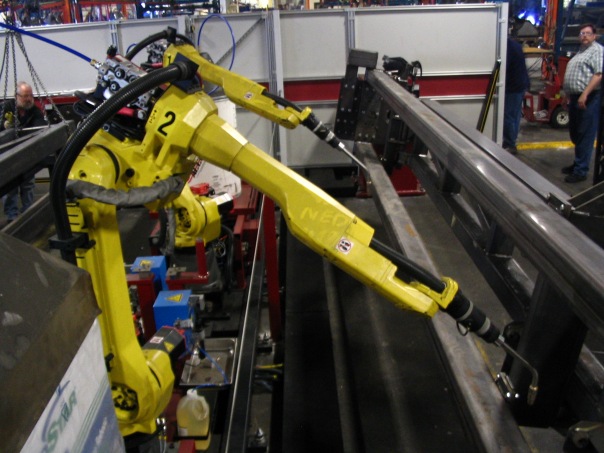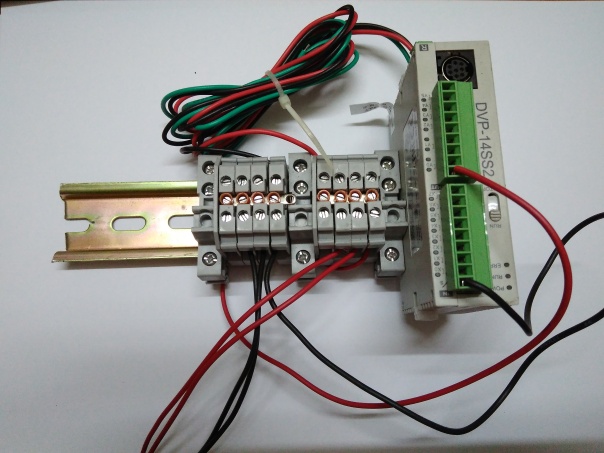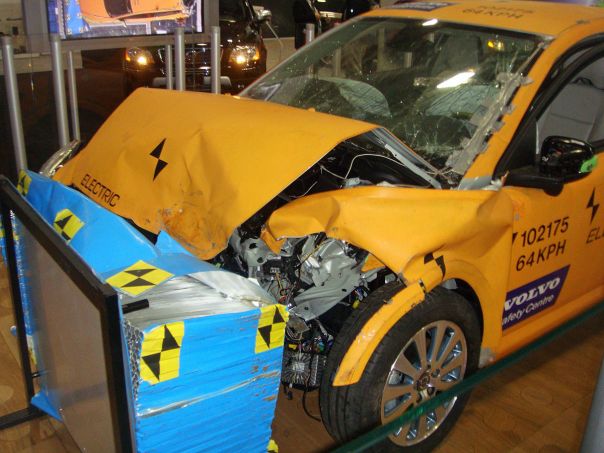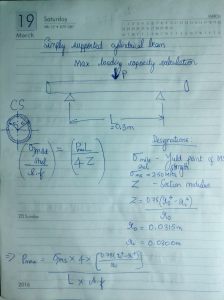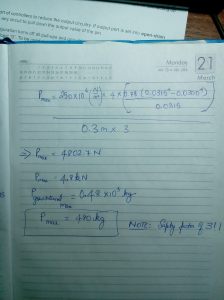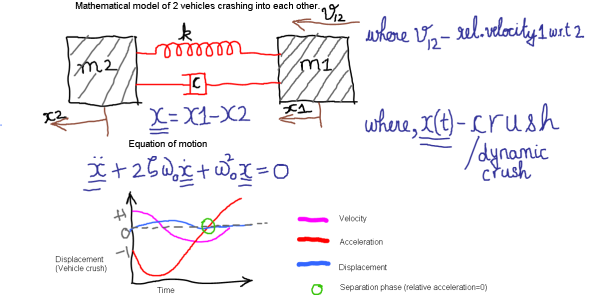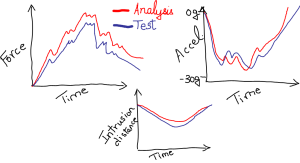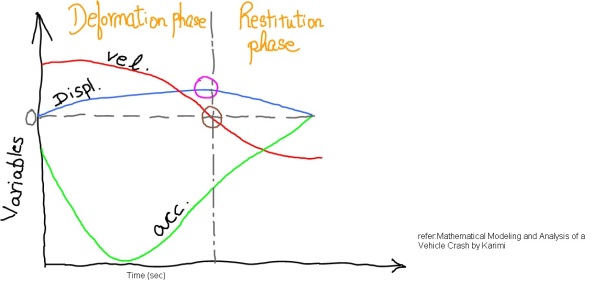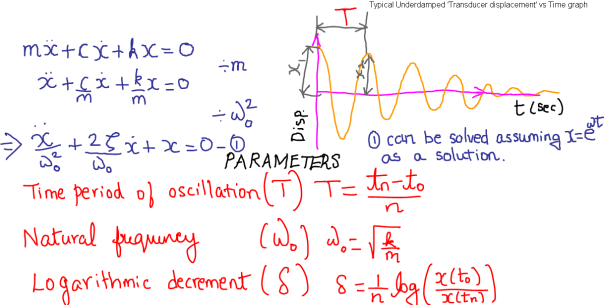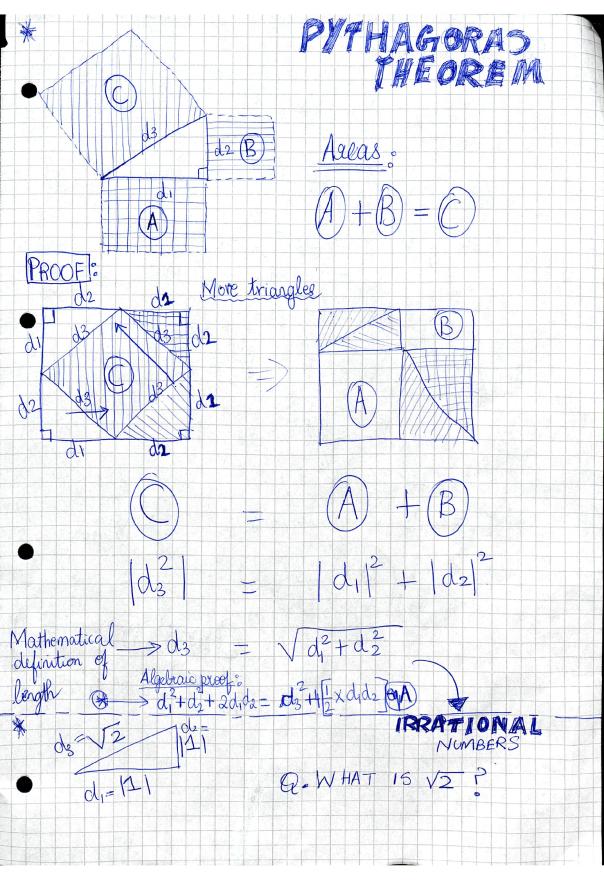
As you know, renewable energy in India has seen a recent boom in the past 5-7 years, especially or primarily in the solar energy space. India aims to achieve a 100 Giga Watt (GW) of solar installations by 2022 with tariff rates dropping as we speak. More importantly, tariffs are already cheaper than conventional power tariffs.
Solar innovation:
Innovation in the solar sector can be split into 2 broad categories: Solar cell innovation and retrofit technology. Intellectual Property (IP) on solar cell material science belong to a select few companies, countries and institutes. This restriction has hence led to blossoming of cheaper, faster and more accessible forms of retrofit innovation like solar trackers, module-level MPPT (Maximum Power Point Tracking), automated cleaning, structural health monitoring and solar tiles just to name a few. In solar installations, Capex (Capital Expenditure) cost increases are related to the ‘extra’ devices retrofitted to the fundamental panel technology and faster return on investments are why they are considered in the first place.
With solar no longer being subsidised by the government like it used to, Capex cost increases are considerable enough and this has led to a preference of ‘non-risky’ simplistic solar installations in the country.
Better solar fields imply seamless energy transfer:
Innovation in solar is highly important because of the reliability issues associated with current solar technology. Even at 100 GW, India would still be producing only 9% of the total power consumption and this is considering that the sun shines consistently 300 days in a year. With solar power plants being spread out over acres, a shadow on one side of the plant will affect the power production overall or one could take the problem case of panels not facing the sun throughout the day which can reduce power production by as much as 14%.
The below image taken from German trade and Invest presentation of 2011 shows that the transition to conventional energy post5pm from solar is one of the major hurdles a solar energy reliant country will need to keep in mind.
How price drops affect innovation in the energy sector:
Renewable energy in India is still in its nascent stage and still requires significant government support if it is to even replace some part of the conventional grid. If we continue to drop unit prices just based on contracts, this will be a serious detriment to alternative forms of innovation.
Outline of some common problems:
· Solar power has to compete with conventional energy generation.
· Bidding contracts highly regulated with over-dependency on cheapest price of the bidder.
· Indigenous innovation on solar technology still a rarity.
· India imports most of its 99% pure silicon from China with an import duty of 25%.
An ideal situation:
In a decade time span, our cities would be supplied with power generated few 100kms away, most probably a solar power plant spread over acres. Once the natural resource of energy generation runs out, there will come a time when reliability of mass scale renewable power will be a major necessity. India would need to start to design for this future as soon as possible and give up on the existing mode of adopting this raw plug-and-play technology.
Most of these pockets of solar energy generation will soon drive the cities of our future.
The solution
An ideal solution would be to create a USP around the application of solar power generated that will make it irreplaceable by the conventional grid.
Case study
One example of great planning of renewable and more specifically solar installations is Portugal which in 2016 achieved 95.5% of its entire energy delivered by renewable energy.
In solar energy, Portugal split its installations with energy generation from 1. Solar PV and 2. Solar thermal depending on the installed location.
https://energytransition.org/2016/06/portugal-moving-to-100-renewables/
24 hours of energy provided by solar energy storage gets rid of the post5pm hassle of transitioning to coal-based energy.
https://www.greentechmedia.com/articles/read/solar-all-day-and-night#gs.63atwy4
I do hope this is useful to you.
By
Ashwin Shreshta
Solar & automotive technology consultant
Vaahan Renew Energy Pvt. Ltd.




